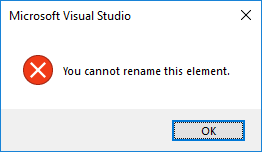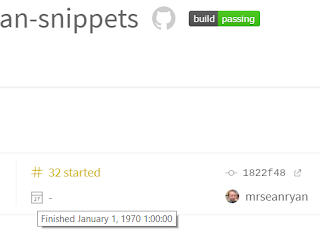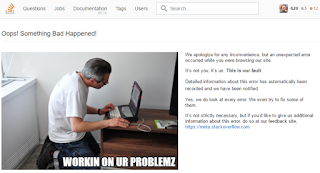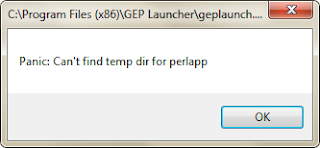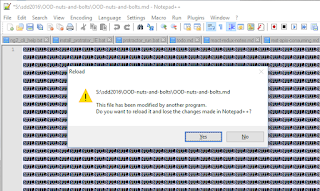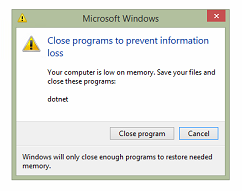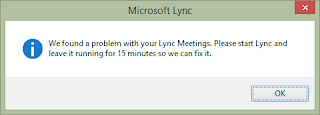somebody's been php'in ... - Dangers of source code disclosure for web site security

Menzis: somebody's been php'in ... A `$` is not always a positive thing to see, especially in the title of your favourite website not be rendered, but a value replaced where this variable $name appears). So, hopefully the general health of the website is otherwise acceptable... More seriously, such Source code disclosure ('code leak thru') bugs can indicate security faults : when code fails to render, it may inadvertently leak algorithm details or even worse connection strings and other sensitive details that a hacker may exploit...

